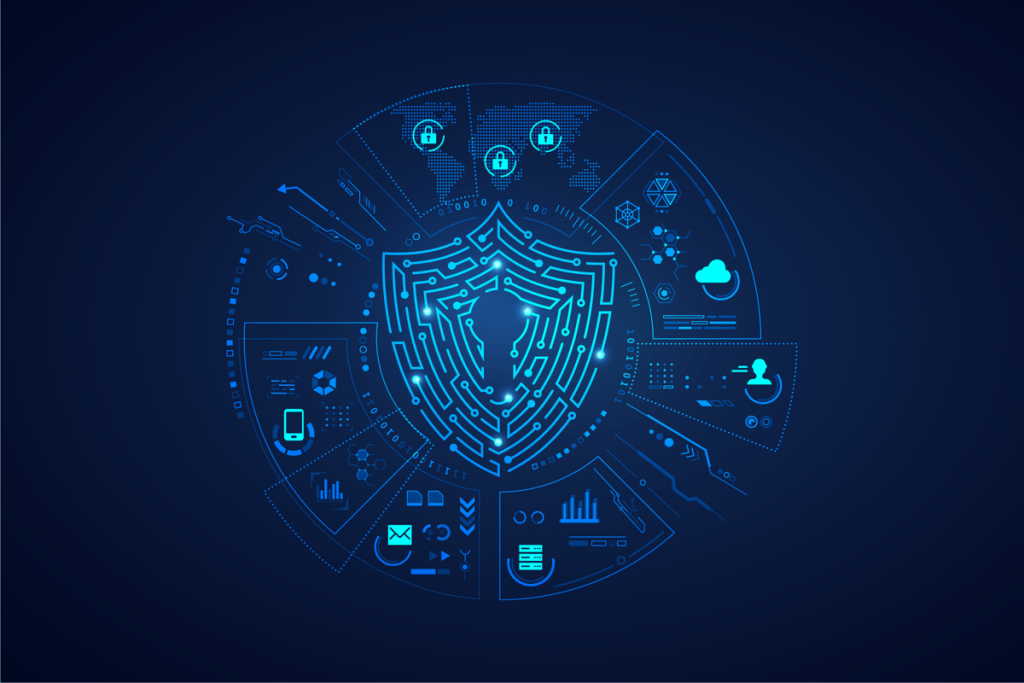Cybersecurity is an ever-evolving field that is constantly adapting to new threats and challenges. As technology continues to advance at a rapid pace, so too must our approach to protecting our digital assets. In this post, we’ll take a look at some of the key trends that are shaping the future of cybersecurity.
Cloud-based security
As more and more companies move their data and operations to the cloud, the need for robust cloud security measures has become increasingly important. This includes not only protecting data stored in the cloud, but also ensuring the security of cloud-based applications and services. With the rise of cloud security, businesses should implement advanced measures like multi-factor authentication and encryption to protect against unauthorized access and data breaches.
Artificial Intelligence & Machine Learning
AI and ML are playing an increasingly important role in cybersecurity. These technologies can be used to detect and respond to threats in real-time, as well as to analyze large amounts of data to identify patterns and trends that may indicate a potential security breach. In the future, AI and ML will become even more sophisticated and will become an essential tool for cybersecurity professionals. AI and ML can help to reduce the risk of cyberattacks by predicting and preventing them before they occur, and by analyzing data to identify and respond to breaches more efficiently.
Data Analytics
Data analytics is another key tool in the fight against cyber threats. By analyzing large amounts of data, cybersecurity professionals can identify patterns and trends that may indicate a potential security breach.
Automation
Automation is becoming an increasingly important part of cybersecurity. By automating certain tasks, such as monitoring for suspicious activity or responding to known threats, companies can improve their overall security posture while also freeing up resources for other tasks.
5G networks
The rollout of 5G networks is expected to have a significant impact on cybersecurity. With faster speeds and lower latency, 5G networks will enable new types of connected devices and applications. However, this also means that there will be more potential attack vectors for cybercriminals to exploit.
Risk-based authentication
Risk-based authentication is a method of verifying a user’s identity based on a variety of factors, such as their location, device, and behavior. This approach can help to reduce the risk of unauthorized access by only granting access to users who meet certain criteria.
Quantum Computing
Quantum computing is an emerging technology that has the potential to revolutionize how we approach cybersecurity. Quantum computing uses quantum bits (qubits) that can exist in multiple states simultaneously. This enables quantum computers to perform complex calculations much faster than traditional computers, which could help to break even the most advanced encryption algorithms. As quantum computing becomes more accessible, companies will need to develop new encryption methods to ensure that their data remains secure.
Cybersecurity Skills Gap
As the cybersecurity industry grows, there is an increasing demand for skilled professionals. However, there is a significant shortage of cybersecurity professionals, which is expected to continue in the coming years. This skills gap is a significant challenge for businesses, as it makes it difficult to find and retain the talent necessary to protect their digital assets.
Conclusion
As technology advances, cybersecurity threats will continue to evolve, and companies and individuals must stay proactive and informed to protect their digital assets. Investing in robust security measures and staying up-to-date with emerging threats are crucial. QRTD Information Technology can assist with cybersecurity needs.


